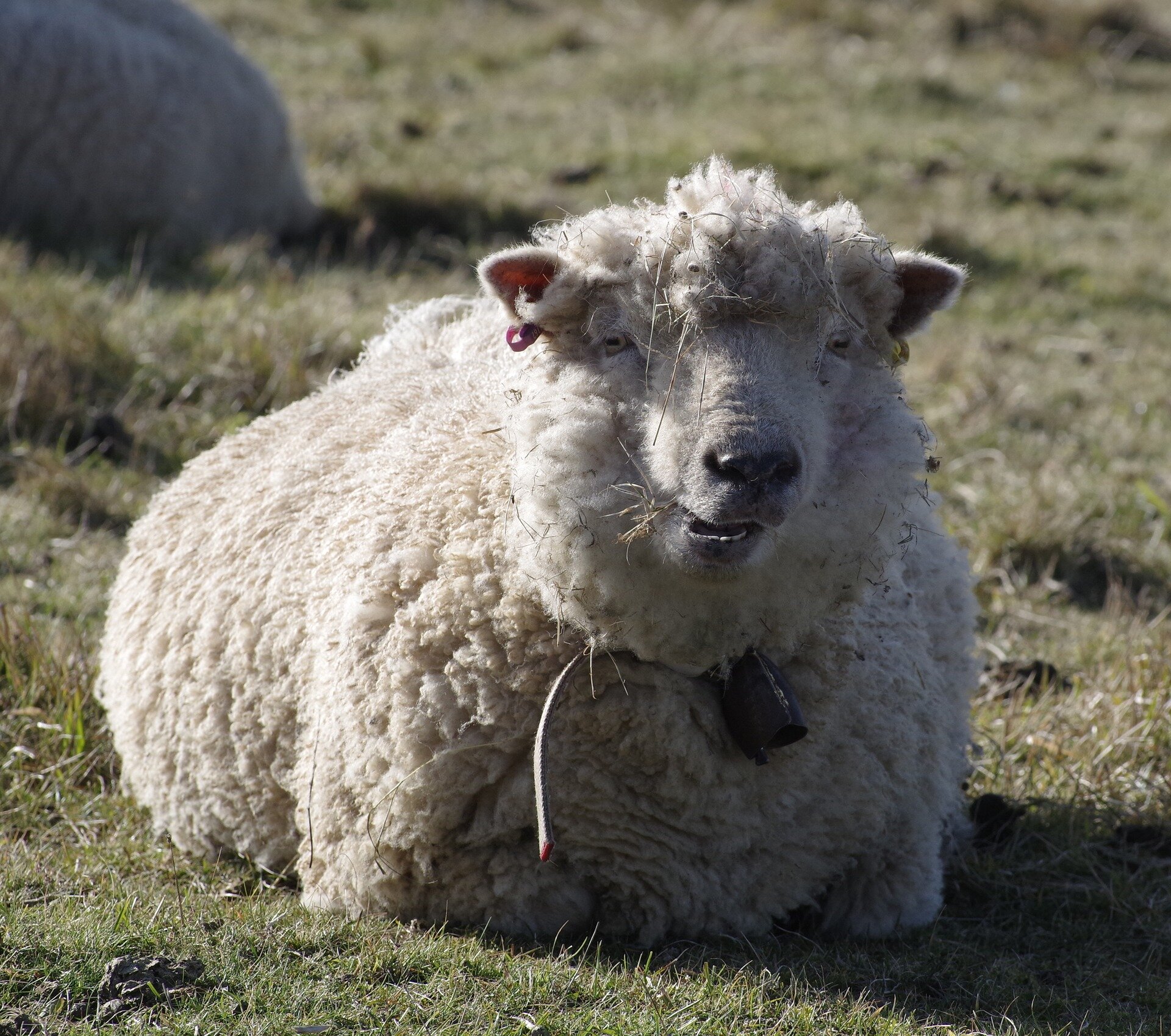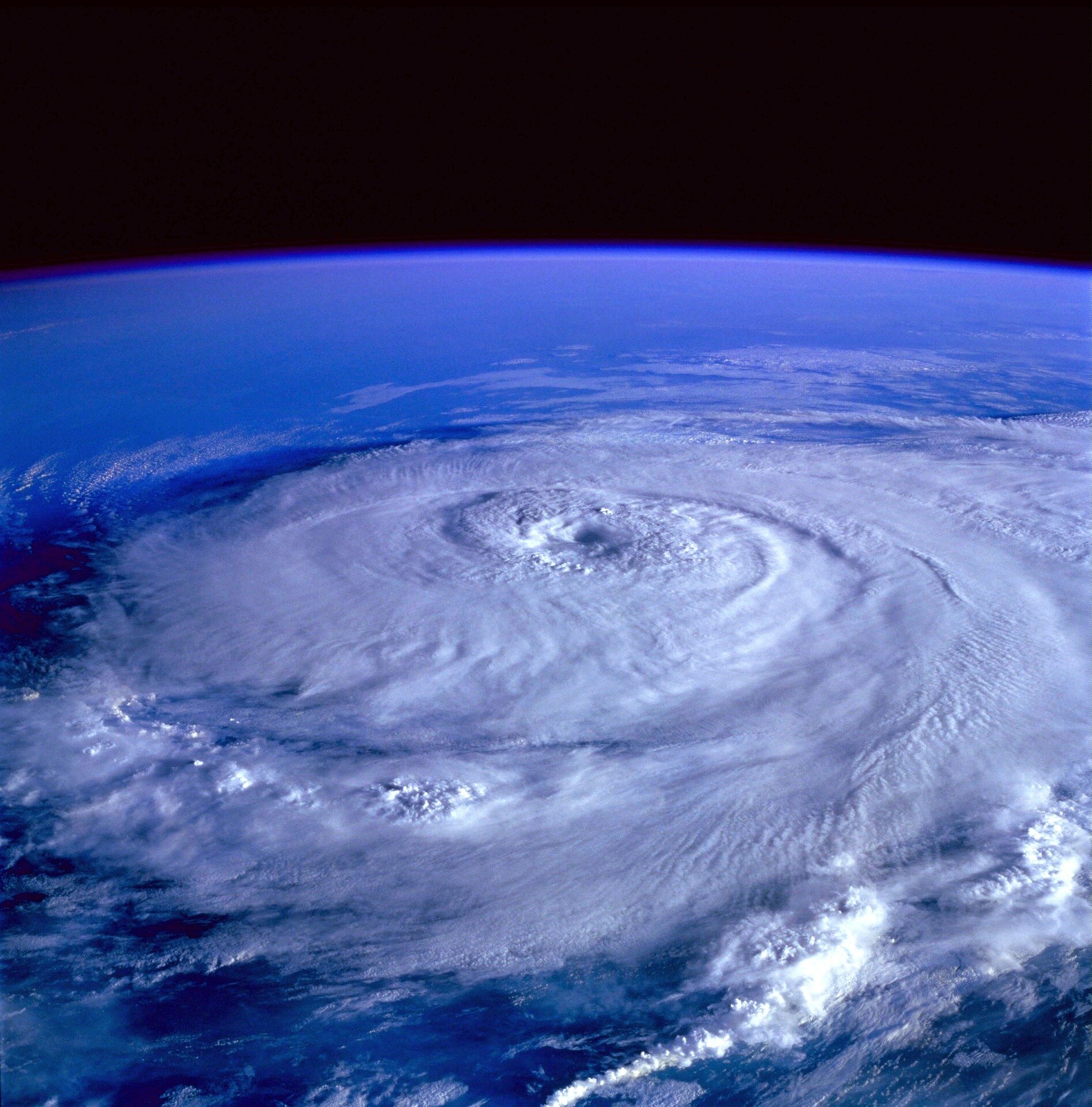- Hyper-local vs. hyper-focused: Two China ETFs go on different paths
- Wildlife loss is taking ecosystems nearer to collapse, new report suggests
- AI decodes microbes' message in milk safety testing approach
- AI empowers iNaturalist to map California plants with unprecedented precision
- Full moon hazard: 50% rise in wildlife vehicle collisions during moonlit nights
What do you believe is the single most important factor driving up the cost of living in Nigeria?

Full moon hazard: 50% rise in wildlife vehicle collisions during moonlit nights
The moon's impact on our planet, culture, and society goes beyond just affecting tides. Recent research by Texas A&M University, published in the journal Transportation Research Part D, indicates a 45.8% increase in wildlife vehicle collisions during a full moon.
Kentaro Iio, a former Texas A&M student, and Dr. Dominique Lord, a professor in the Zachry Department of Civil and Environmental Engineering, collected 10 years of collision data in Texas to compare full-moon nights with new-moon nights and their corresponding wildlife-vehicle collisions. Non-wildlife collisions in the same time periods showed no significant differences.
The study highlights the importance of increased driver caution, especially on brighter nights. According to the researchers, it could also help inform transportation policy and infrastructure improvements where better safety measures are necessary.
"I compared really dark nights without moon illumination (new moon) to really dark nights with the full moon illumination," Iio said. "If you include other lunar phases in the analysis, they appear on the horizon at different times each day, making it more difficult for true apples-to-apples comparisons."
Previous studies conducted worldwide, including regions in Spain, Canada and Lithuania, have found similar increased collision trends during the full moon. Each used varying methods and proposed many possible reasons for the results. Iio and Lord believe a combination of factors could contribute to the increase. Factors like driver fatigue at night and increased wildlife activity could warrant further study by transportation and animal behavior experts.


- October 12, 2024
Scientists track and analyze lofted embers that cause spot fires

- October 12, 2024
Researchers examine potential population decline in the gray fox

- October 12, 2024
New bluetongue virus serotype, BTV-12, identified in the Netherlands


- October 12, 2024
Emotion recognition goes beyond facial expressions, study finds

- October 12, 2024
Experts warn 'crazy busy' Atlantic hurricane season is far from over
Subscribe to our mailing list to get the new updates!

Subscribe our newsletter to stay updated
Thank you for subscribing!







